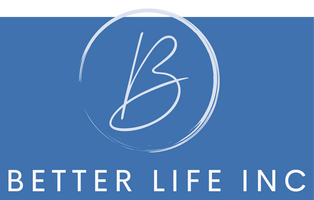This Article will explore the concepts of primary and secondary emotions, unraveling the layers that shape our interactions with others. Let’s first look at the difference.
Primary Emotions: Primary emotions are the raw, instinctive and sometimes very intense reactions we experience in response to a particular situation. These are immediate and often straightforward feelings that give us insight into our immediate response.
Secondary Emotions: Secondary emotions, on the other hand, are the additional layers that cloak our primary emotions. These are often more complex and can arise as a result of how we interpret or judge our primary emotions. It’s emotions that our initial reaction evolves into.
Understanding Primary and Secondary Emotions in Relationships
1. Identifying Primary Emotions:
In the heat of a moment, it can be challenging to pinpoint our primary emotions. Take a breath, step back, and ask yourself: What am I feeling at the core of this situation? Identifying the primary emotion is the first step to understanding yourself and communicating effectively.
2. Exploring Secondary Emotions:
Secondary emotions often carry more weight in our interactions. These are influenced by our personal history, past experiences, and interpretations of the primary emotion. Dive into the layers of your emotional response and uncover the nuances of your secondary emotions. If primary is “what am I feeling” then secondary might be “why am I feeling”. This includes limiting beliefs and cognitive distortions from wounds from our past.
3. Communicating Effectively:
Understanding the interplay between primary and secondary emotions is key to expressing yourself authentically. When discussing emotions with your partner, be open about both the initial reaction and the subsequent layers that followed. Healthy communication is not about blame or right vs wrong. Let your partner know that you need them to just listen, not process it for you and not unsolicited advice.
4. Creating Emotional Awareness:
Developing emotional awareness is an ongoing journey. Regularly check in with yourself to identify your primary emotions and explore any evolving layers. This heightened self-awareness forms the foundation for more authentic and connected relationships. There are many tools to help with this process both with and without the support of professionals. This journey will likely include self-reflection, journaling, reading and learning and modalities might include IFS, CBT, DBT, EFT and other psychotherapeutic techniques.
The Power of Emotional Awareness in Relationships
As we delve into the intricacies of primary and secondary emotions, remember that emotional awareness is a powerful tool in building healthy connections. By understanding the layers of our emotional responses, we open the door to empathy, effective communication, and a richer emotional landscape in our relationships.
So, take a moment to reflect, to explore, and to connect with the depth of your emotions. It’s through this journey that we pave the way for more fulfilling and authentic connections with those we cherish. Regardless of what has happened in the past, it’s our responsibility to mend our present and future.
I encourage you to establish a routine for self-reflection. How can regularly acknowledging your primary and secondary emotions contribute to a deeper understanding of yourself and your relationships? Can you visualize what that healthier lifestyle would look like?
Remember, every emotion is a guide on your journey to a more meaningful life.
For more information on this topic:
Transforming Relationships: Healthy Communication for a Fulfilling Life | Better Life Inc
Setting Boundaries | Better Life Inc
Connection in Relationships | Better Life Inc
Wishing you light and love on your journey,

